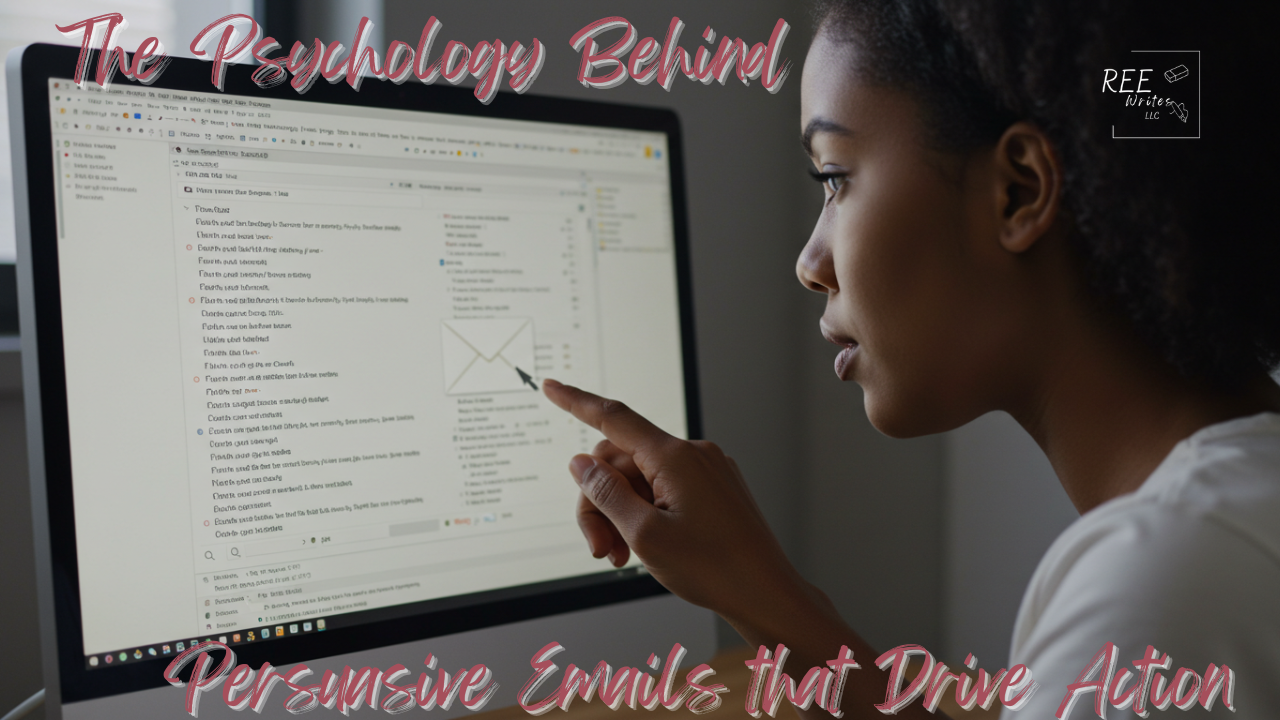You can have the best product in the world. A killer subject line. A fancy design. But if you don’t understand what really moves your reader to act, your message may fall flat.
Segmented email campaigns can drive 30% more opens and 50% more click-throughs than non-segmented ones, proving that understanding your audience’s psychology isn’t just nice to have—it’s essential for results.
This article digs into the psychological triggers in emails that persuade your audience to open, click, reply, and take action. From cognitive biases to emotional triggers, let’s break down the art and science of email persuasion so you can craft messages that actually convert.
Contents
Before You Write, Understand Your Audience’s Mindset
Before you type a word, you need to get inside your reader’s head. What are they thinking about when your email lands in their inbox? What problems keep them up at night? What makes them excited enough to click?
Audience segmentation matters in your persuasive messaging
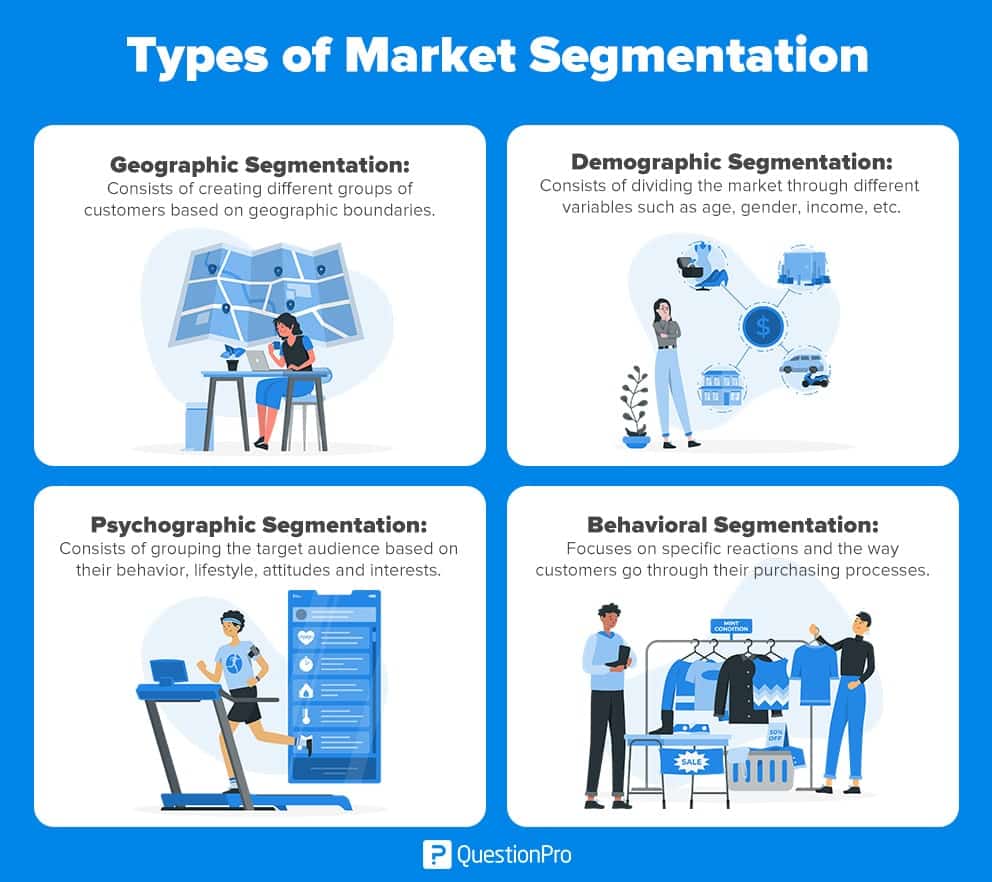
Segmenting email lists into groups is the best way to make your email campaigns work well. But segmentation is more than just dividing your list by demographics. You must also understand the psychological state of each group.
Think about it this way: A busy executive checking email at 6 AM has a completely different mindset than a parent scrolling through their phone during their kid’s soccer practice. Your message needs to match where their head is at.
Research shows that newsletter readers are motivated by different psychological needs. Personal needs drive people seeking information about their interests, while cognitive needs push those looking for professional knowledge.
When you segment based on these motivations, your emails feel less like marketing and more like mind-reading.
Common motivations behind reader behavior
“People don’t buy for logical reasons. They buy for emotional reasons.” – Zig Ziglar
That quote hits at the core of what makes persuasive emails work.
People subscribe to newsletters and open emails for eight reasons that fall into four categories: personal, cognitive, social, and affective needs:
- Personal needs include seeking information about fields of personal interest and the practicality of newsletters versus other media.
- Cognitive needs cover seeking information for professional reasons and learning opportunities.
- Social needs involve looking informed when speaking to others and feeling up-to-date.
- Affective needs include entertainment and filling empty time.
Understanding which need drives your specific audience helps you craft messages that hit the right psychological buttons. So, a B2B software company should focus on cognitive needs, while a lifestyle brand may tap into personal and affective motivations.
How empathy and timing influence receptiveness

Empathy isn’t just for customer service—it’s a powerful tool for persuasive emails. 95% of consumers say good customer service is crucial for their loyalty to a brand, and this extends to all communication.
When you acknowledge your reader’s feelings and situation, you create a connection. So instead of jumping straight into your pitch, start your email with something like: “I know you’re probably drowning in emails right now, so I’ll keep this quick.”
Timing matters too.
Your reader’s mental state changes throughout the day. Monday morning emails compete with weekend catch-up mode. Friday afternoon messages fight against weekend planning. Test different send times and watch how engagement shifts based on when people are psychologically ready to receive your message.
The role of familiarity and trust in open rates
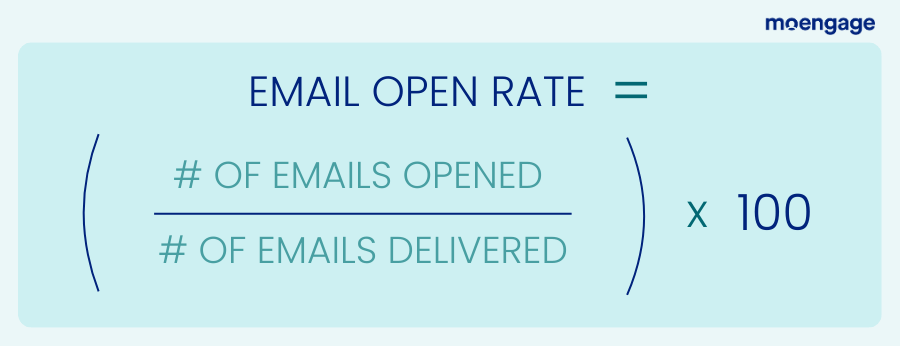
64% of email recipients decide whether to open an email based on the sender.
Even more striking, using a person’s name as the sender can increase open rates by up to 27.5% compared to using just the company name.
Why? Because our brains are wired to respond to human connection.
The sender name (also called a “Friendly From”) using something like Daree at Ree Writes LLC seems like a message from a real person (it’s me!). But something like noreply@ company.com screams automation, and triggers our mental spam filters.
To build familiarity over time, keep your Friendly From consistent, and provide value in every email. Trust compounds, and each positive interaction makes it more likely that your audience will open your next email.
Use Psychological Triggers that Drive Decisions
Now we get to the good stuff—the psychological buttons to press that motivate people to take action. These aren’t manipulation tactics, but natural human responses you can use to guide behavior ethically.
Emotional appeals motivate your audience

Fear works, but use it carefully. Fear of missing out (FOMO) drives more action than fear of negative consequences. Instead of “Don’t let your business fail,” try “Join 10,000+ entrepreneurs who never miss an opportunity.”
Curiosity creates what psychologists call a “curiosity gap”—the space between what someone knows and what they want to know. A subject line like “The mistake 90% of marketers make” creates an itch that a reader can’t scratch until they open the email.
Exclusivity makes your audience feel like they’re getting selective access that others can’t have.
Joy, excitement and other positive emotions make people more likely to share and engage. Success stories, celebrations, and good news all trigger positive responses that increase the chances of action.
How scarcity and social proof affect behavior

Urgency taps into FOMO and our tendency to procrastinate. But fake urgency can backfire on you. Real deadlines and limited-time offers work because they reflect genuine scarcity.
Scarcity makes things more valuable in our minds. When something is rare or limited, we want it more. But the scarcity should be real to keep your audience’s trust. In other words, “Only 3 spots left” works when there really are only 3 spots available to sign up.
Social proof leverages our herd mentality. We look to others to guide our decisions, especially when we’re uncertain. Customer testimonials, user counts, and case studies all provide social proof that reduces the risk of taking action.
Try phrases like “Join 5,000+ professionals who rely on…” or “Here’s what Sarah from Chicago said about…” These signals tell your reader that other people like them have already made the decision to engage.
The Zeigarnik Effect and why unfinished ideas work
The Zeigarnik Effect describes our tendency to remember incomplete tasks better than completed ones. In emails, this means starting a story or idea without immediately finishing it increases the likelihood someone will click to learn more.
For example: “I discovered something surprising about email open rates last week (the data will shock you)…” creates mental tension that pushes readers toward your call-to-action to resolve the incomplete thought.
Use this sparingly. Too many open loops become annoying. But one well-placed incomplete thought can be the difference between a deleted email and a click-through.
Reciprocity: give before you ask
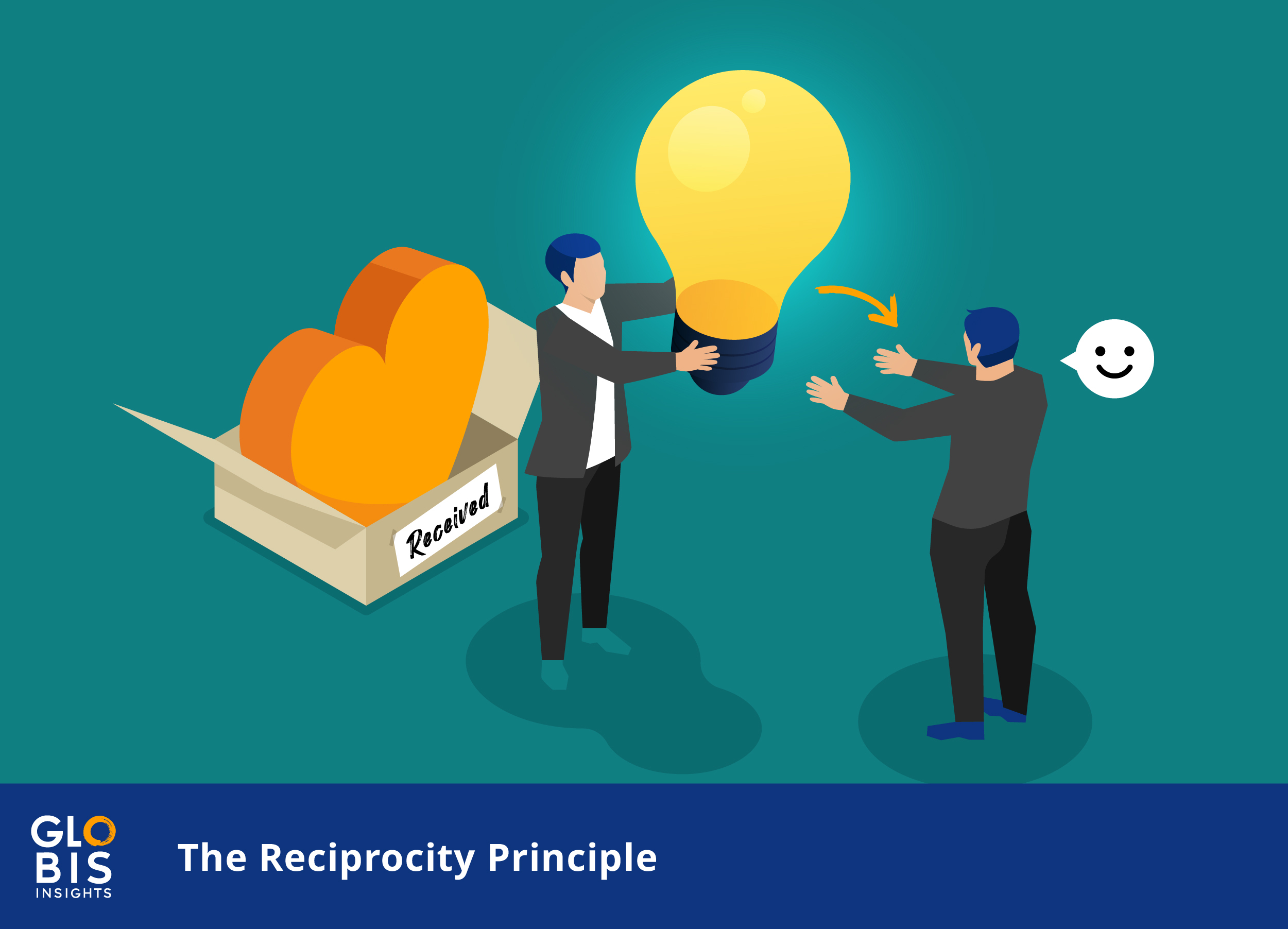
Reciprocity is one of the strongest psychological triggers. When someone gives us something valuable, we feel obligated to return the favor. In email marketing, this means you give value before making a request.
How? You could:
- Share a useful tip
- Provide a helpful resource
- Offer genuine insight
This tactic builds “psychological debt” that increases the likelihood of engagement when you do make an ask.
The key is making the value genuine and relevant. A generic tip feels like manipulation. A specific insight that solves a real problem feels like a gift, and builds trust.
Craft Subject Lines that Tap Into Cognitive Bias
One-third of people using email (33%) decide whether to open it based only on the subject line.
Your subject line is your first and sometimes only chance to engage someone’s psychology. It needs to work in the few seconds someone spends scanning their inbox.
Loss aversion grabs attention

We hate losing things more than we enjoy gaining them. This cognitive bias, called loss aversion, makes subject lines about avoiding losses more powerful than those about gaining benefits.
“Don’t lose customers to poor email design” hits harder than “Improve your email design.” The first taps into loss aversion while the second appeals to gain motivation.
Three ways to encourage prospects to take action using loss aversion:
- Offer an option to pre-order a limit amount of product.
- Let them try the product before they buy.
- Give them a discount or rebate.
Frame your subject lines around what the reader might miss, lose, or fail to achieve. But make sure the loss is relevant and believable.
Personalization and the name effect

76% of people expect personalized messaging from brands, so use dynamic content to personalize your emails. Using someone’s name in a subject line increases opens, but only when it feels natural. “John, your exclusive invitation” works better than “John Smith, check this out.”
Beyond names, personalization can include location, company, interests, or past behavior. “Chicago entrepreneurs: tonight’s networking event” feels more relevant than a generic invitation.
The key is relevance. Personalization for its own sake is creepy. Personalization that adds relevance feels helpful.
Curiosity gaps spark opens
Create curiosity by hinting at valuable information without revealing everything. “The email mistake that’s costing you sales” creates curiosity about what the mistake is.
Questions work well for curiosity gaps: “Is this why your emails aren’t working?” or “What if I told you open rates don’t matter?”
The payoff needs to match the promise. If your subject line creates curiosity about a “game-changing strategy,” your email better deliver something genuinely useful.
Should you use a subject line that’s clear, or clever?

Clever subject lines might win awards, but clear ones win opens. A subject line should clearly convey what readers get by opening your email.
The subject line “Boost sales with these 3 email tactics” beats “The secret sauce that changes everything” because the first one sets clear expectations. The latter could be about anything.
So, the best subject lines are clear and engaging, but clarity is more important.
Analyze and Optimize Using Behavioral Data
Data tells you what happened. Psychology helps you understand why. Use both to improve your email performance.
What open and click rates really tell you
Open rates reflect subject line and sender effectiveness, but they don’t tell the whole story. High opens with low clicks suggest your subject line over-promised, or your content under-delivered.
Click-through rates (CTRs) show how well your message motivated your readers to take action. Low CTRs often indicate mismatched expectations, unclear value propositions, or poor CTAs. To counter this, you may need a content refresh or a shift in your messaging.
Look at ratios, not just raw numbers. A 20% open rate with a 10% click rate (50% click-to-open rate) is better than a 30% open rate with a 6% click rate (20% click-to-open rate).
Interpret heatmaps and scroll depth

If your email platform provides heatmaps, pay attention to where people click and how far they scroll. This reveals what content resonates and what gets ignored.
Low scroll depth suggests your opening isn’t engaging enough to pull people through your message. High scroll with low clicks could mean your content is interesting but your CTA isn’t compelling.
Use this data to optimize content placement. Put your most important points where people are most likely to read them.
Use A/B testing to refine psychological cues
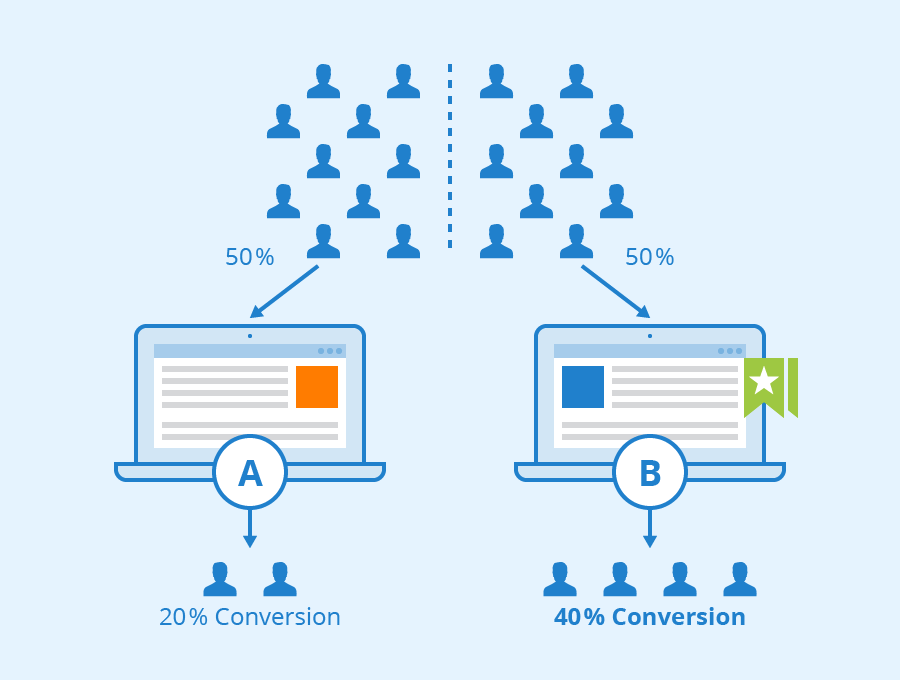
Test psychological triggers systematically. Try urgency versus curiosity in subject lines. Test emotional versus logical appeals in your copy. Compare personal stories versus data-driven arguments.
Test with large enough sample sizes to be statistically significant. Small tests can mislead you into thinking random variations are meaningful patterns.
Document what you learn about your audience’s psychological preferences. These insights improve not just emails, but all your marketing communications.
How to use replies and user behavior for insight
Don’t ignore replies and unsubscribes. They’re valuable psychological data. What messages trigger positive responses? What causes people to disengage?
Look for patterns in reply content. Are people asking for clarification? Sharing success stories? Requesting specific information? This feedback reveals what resonates with them, and what confuses them.
Track behavioral changes over time. Do certain types of emails increase or decrease engagement with future messages? This helps you understand the long-term psychological impact of your communications.
Wrap-Up
Persuasive emails aren’t just about clever copy. They’re built on a deep understanding of what makes people tick. When you combine solid writing with psychological insights like empathy, urgency, curiosity, and trust, your emails stop feeling like marketing and start feeling like a conversation your reader wants to have.
Try one technique from this article in your next email. Test. Tweak. Learn. And keep your focus on connection, because that’s where the real conversions begin.
People don’t buy for just logical reasons. Make sure your emails speak to both their rational mind and their emotional heart.
References
Ahmad, S. (2024). Best Time to Send Emails in 2025 | Research & Factors. Retrieved from https://www.mailmunch.com/blog/best-time-to-send-email
Anthony. (n.d.) Why No One Is Opening Your Emails (And How One Emotional Tweak Can Fix It). Boost Email Opens with Emotional Subject Lines. Diginormous. Retrieved from https://diginormous.com/emotional-triggers-email-subject-lines/
Boyle, S. & Enrici, A. (2023). Unravelling the Motivations and Patterns of Newsletter Readers in Metropolitan Europe. Media and Communication Sciences. Retrieved from http://mau.diva-portal.org/smash/get/diva2:1818422/FULLTEXT02.pdf
Haileyesus, S. (2025). Exploring Loyalty: Customer Experience Statistics. Small Business Trends. Retrieved from https://smallbiztrends.com/customer-experience-statistics/
How to apply reciprocity in email marketing. (n.d.). Acrelia. Retrieved from https://www.acrelianews.com/en/blog/post/how-to-apply-reciprocity-in-email-marketing/
How to Segment Your Email Audience for Optimal Results. (n.d.). Bird. Retrieved from https://bird.com/en-us/guides/how-to-segment-your-email-audience-for-optimal-results
Tarzian, J. (2024). Sender Address – Its Value To Email Marketing. Kapturall. Retrieved from https://www.kapturall.com/en/academy/blog/sender-address-its-value-to-email-marketing/
Moitra, S. (2024). The Role of Empathy in Customer Service Emails. Yzerly. Retrieved from https://www.yzerly.com/post/the-role-of-empathy-in-customer-service-emails
Murphy, M. (n.d.). Email personalization gone wrong (and how to fix it). Customer.io. Retrieved from https://learn.customer.io/personalization/personalization-fallbacks
Oschatz, T. (2024). Unlock the Power of Unfinished Business: “Zeigarnik Effect” in Email Marketing. Retrieved from https://blog.bancomail.com/en/unlock-the-power-of-unfinished-business-zeigarnik-effect-in-email-marketing/
Pay, K. (2023). Why and how to use loss aversion in email marketing (plus 4 examples). MarTech. Retrieved from https://martech.org/why-and-how-to-use-loss-aversion-in-email-marketing-plus-4-examples/
Soliman, L. (2024). Writing High-Performing Email Content: The Role of Emotional Triggers. 11 Agency. Retrieved from https://11.agency/blog/high-performing-email-content-emotional-triggers/
Taylor, L. (2023). How to use loss aversion psychology and FOMO to close more B2B deals. Amplemarket. Retrieved from https://www.amplemarket.com/blog/how-to-use-loss-aversion-psychology-and-fomo-to-close-more-b2b-deals
The Science Behind Email Open Rates (And How to Get More People to Read Your Emails). (2023). SuperOffice. Retrieved from https://www.superoffice.com/blog/email-open-rates/
Venckus, S. (2024). Email Marketing Statistics: Insights on Effectiveness and ROI. Sender. Retrieved from https://www.sender.net/blog/email-marketing-statistics/

